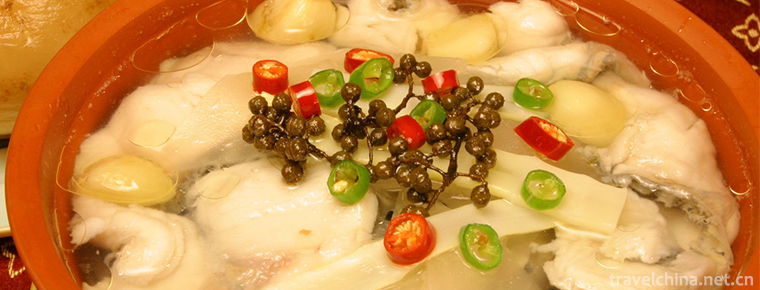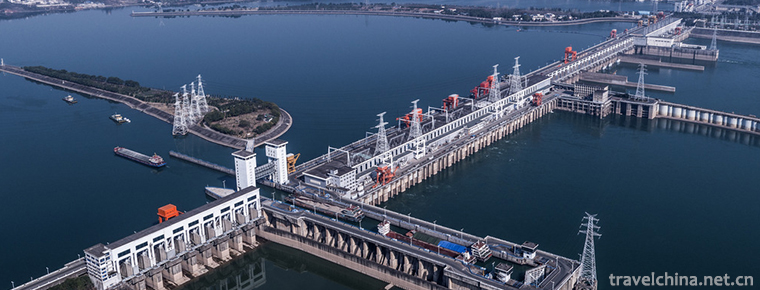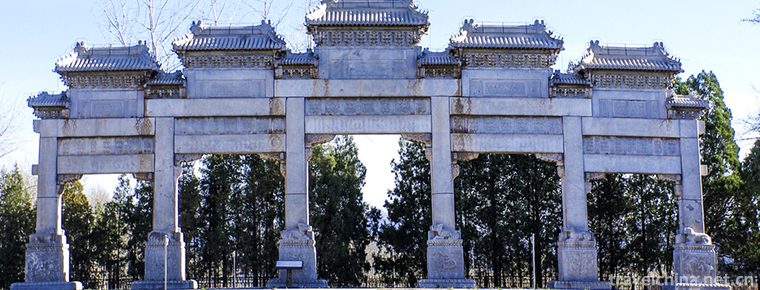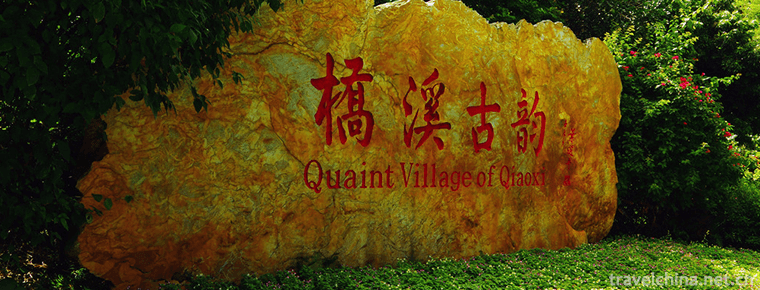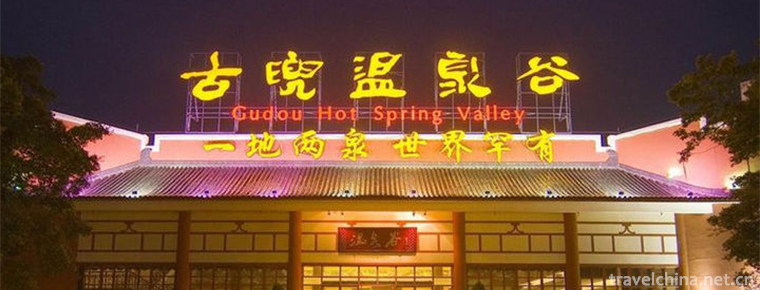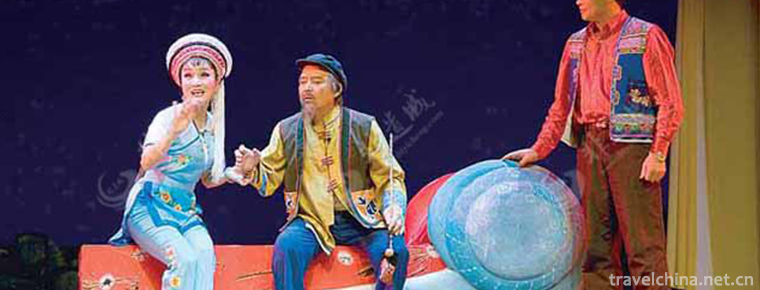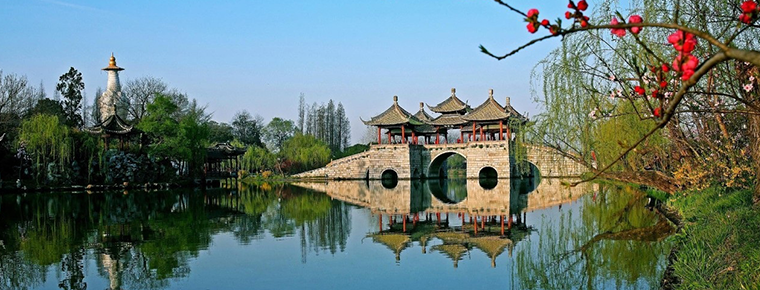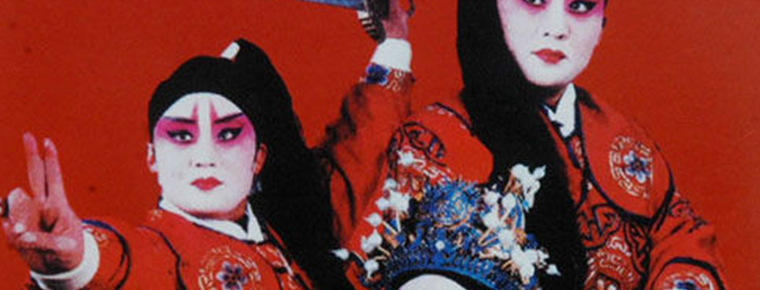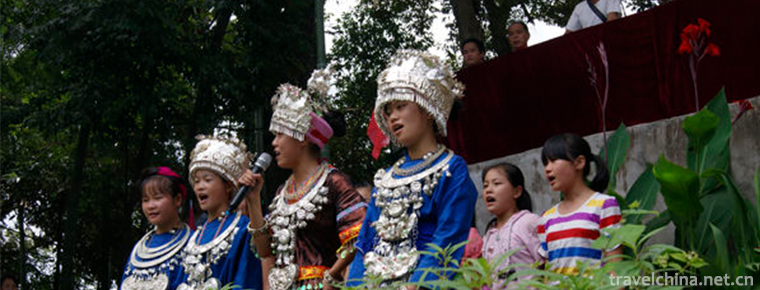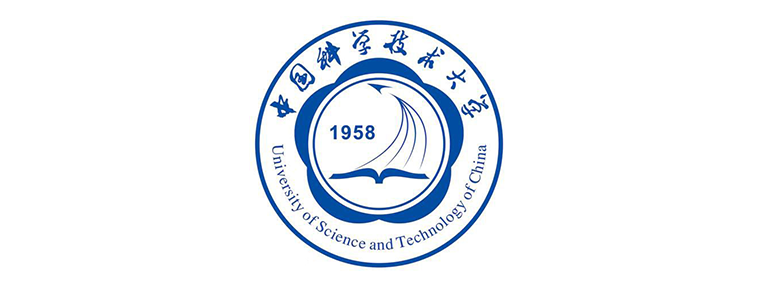Kimchi Making Skills Korean Kimchi Making Skills
Kimchi Making Skills Korean Kimchi Making Skills
Kimchi of Korean nationality is one of the traditional food with the most national characteristics of Korean nationality, and its pickling method is constantly enriched and developed. In the long history, the Korean people in China have absorbed the advantages of other nationalities'diet and made up for their weaknesses. They not only preserved the culinary habits of kimchi from their ancestors, but also created the Korean kimchi culture with Chinese characteristics.
Pickles have a long history of pickling. According to the Book of Songs, pickles made from cucumbers about 3,000 years ago are called "tobacco", which is what modern people call pickles. Ancient pickles were only salted with brine or vinegar. The collection of poems and essays "Dongguo Xiangguo" also recorded the situation of pickled radish pickles. According to the October article of the New Year Records of the Eastern Country written in the mid-19th century, pickling in summer and pickling in winter became the "big plan of a year" for every household. This custom has continued to this day in the Korean countryside of our country. Nowadays, kimchi is not only a necessary storage food for Korean people all year round, but also a favorite side dish.
There are many kinds of pickles. The names and tastes of pickles vary according to the main ingredients and accessories. There are mainly pickled cabbage, vulgar cabbage, pickled mustard, pickled radish, pickled garlic, pickled onion. Pickles with Chinese cabbage as the main ingredient include hot cabbage, hot pepper seed pickles, white pickles and so on, the most common of which is hot cabbage.
Spicy cabbage is a popular food. People can taste its delicious taste almost anytime and anywhere. But spicy cabbage tastes exquisite, but many people do not know. Spicy Chinese cabbage needs to chew slowly, which is not only beneficial to digestion, but more importantly, spicy Chinese cabbage contains a variety of vitamins and acidic substances. Only chewing slowly, these substances can be fully absorbed and utilized.
Hot cabbage, as a traditional Korean diet, is well known in Northeast China. Because of the popularity of Korean Current, China on the Tongue Tip and Yanbian Taste, Korean pickles marked by spicy cabbage are also well known to the whole nation. When I was doing my master's thesis, I had conducted unstructured interviews with some local, foreign and foreign Han people about Korean cultural representation. One of the keywords that almost all respondents would mention was "hot cabbage".
At the end of the 19th century, a large number of Korean ancestors moved into the northeast of China, and their national culture and a wide variety of pickles were introduced. Although the living and living environment in foreign countries has changed dramatically, they still maintain their own cultural traditions and unchanged eating habits for a long time. From the early reclamation to the struggle with the Japanese Emperor, in these hard years, they were never interrupted and encouraged every day, except for one cavity of blood, which was the unchanged kimchi as a concrete manifestation of national culture, and also satisfied the consolation of their own soul. It is precisely the skills of the nation, which are convenient to preserve, cheap, crisp, refreshing, cold-resistant, warm-up traditional diet to accompany and support them through the most difficult times, and continue to "ferment" their deep desire for national liberation and their firm belief in sticking to and inheriting national culture.
As spicy cabbage slowly tastes in the transformation of time, I also gradually "ferment" under the influence of Korean culture. Some anthropologists often try to "turn themselves into local people", but they are still regarded as outsiders, and my anthropologist apprentice may have a little better luck and become a "half Korean" in his classmates'daily jokes. Of course, this not only refers to more than half of my taste buds conquered by Korean cuisine, but also to the fact that Korean culture has been subtly integrated into my personal world.
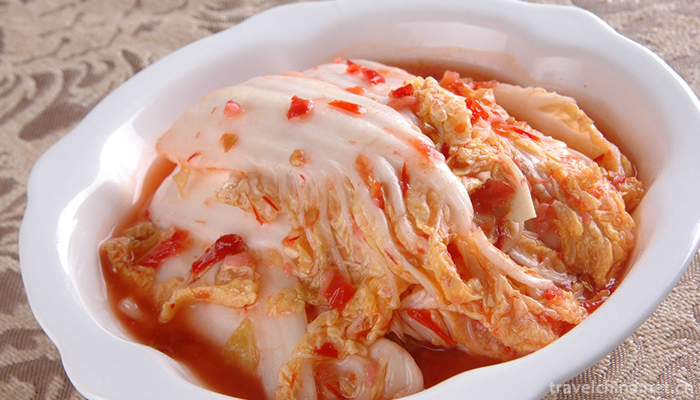
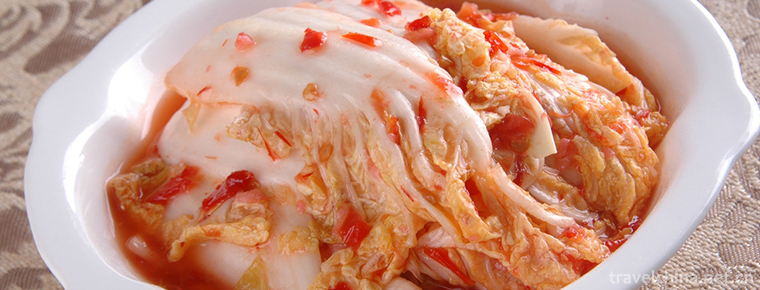
Kimchi Making Skills Korean Kimchi Making Skills
-
Fish in sour soup
Sour soup fish is a traditional dish of Miao nationality in Guizhou. According to textual research, this dish originated from the Yashuang area of Leidong Town, Liping County
Views: 282 Time 2018-11-05 -
Three Gorges Dam
The Three Gorges Dam is located in Sandouping Town, Yichang City, Hubei Province, China. It is 38 kilometers from the Gezhouba
Views: 178 Time 2018-11-11 -
Ming Ming Dynasty Tombs Scenic Area
Ming Tombs, World Cultural Heritage, National Key Cultural Relics Protection Units, National Key Scenic Spots, National AAAAA Tourist Scenic Spots.
Views: 217 Time 2018-11-24 -
Penglaige tourist area
Penglaige Scenic Area, located in Danya Mountain, northwest of Penglai City, Shandong Province, is a national AAAAA-level tourist attraction with an area of 18,500 square meters
Views: 118 Time 2018-12-08 -
Yan Nanfei Tea Field Scenic Area
Yannan Fei Tea Field Resort, located in Yanyang Town, Meixian District, Meizhou City, is the first AAAA-level tourist attraction in eastern Guangdong Province, and has been upgraded to 5A-level touris
Views: 196 Time 2018-12-12 -
Gudou Hotspring Resort
Xinhui Gudou Hot Spring Resort is located in Gudou Scenic Area, 55 kilometers away from the Capital City, 5 kilometers away from the entrance and exit of Xinhui Cliff South Section of the West Coastal
Views: 234 Time 2019-02-25 -
Bai opera
After 1949, on the basis of blowing tunes, Bai folk opera "Dabenqu" tunes were further enriched and improved, renamed "Baiju". The Lyric forms are basically sung in Bai language an
Views: 224 Time 2019-04-03 -
Landscape Architecture in Yangzhou
Yangzhou gardens began in the Western Han Dynasty, flourished in the Sui and Tang Dynasties, matured in the Song and Ming Dynasties, and flourished in the Qianlong Period of the Qing Dynasty.
Views: 170 Time 2019-04-21 -
Big flat tone
Da Ping Diao (also known as Ping Diao, Da You Bang and Da Bang Opera), one of the local traditional operas in Henan and Shandong Province, is one of the national intangible cultural heritage.
Views: 245 Time 2019-04-23 -
Forty eight Zhai Song Festival
The forty-eighth Village Song Festival is a northern Dong dialect Song Festival in Tianzhu County, Guizhou Province, China. It is a traditional national festival featuring Dong
Views: 378 Time 2019-05-01 -
University Of Science And Technology Of China
University of Science & Technology China (University of Science and Technology of China) China University of science and technology Located Anhui Province Hefei City By Chinese Academy of Sciences
Views: 135 Time 2019-11-23 -
Geographical environment of Guangyuan
Guangyuan City is located in the north of Sichuan Province. Its geographical coordinates are 31 ° 31 ′ n to 32 ° 56 ′ N and 104 ° 36 ′ e to 106 ° 45 ′ E. in the north, it borders Wudu County, Wen County, Ningqiang County and Nanzheng County of Shaanxi
Views: 133 Time 2020-12-15
